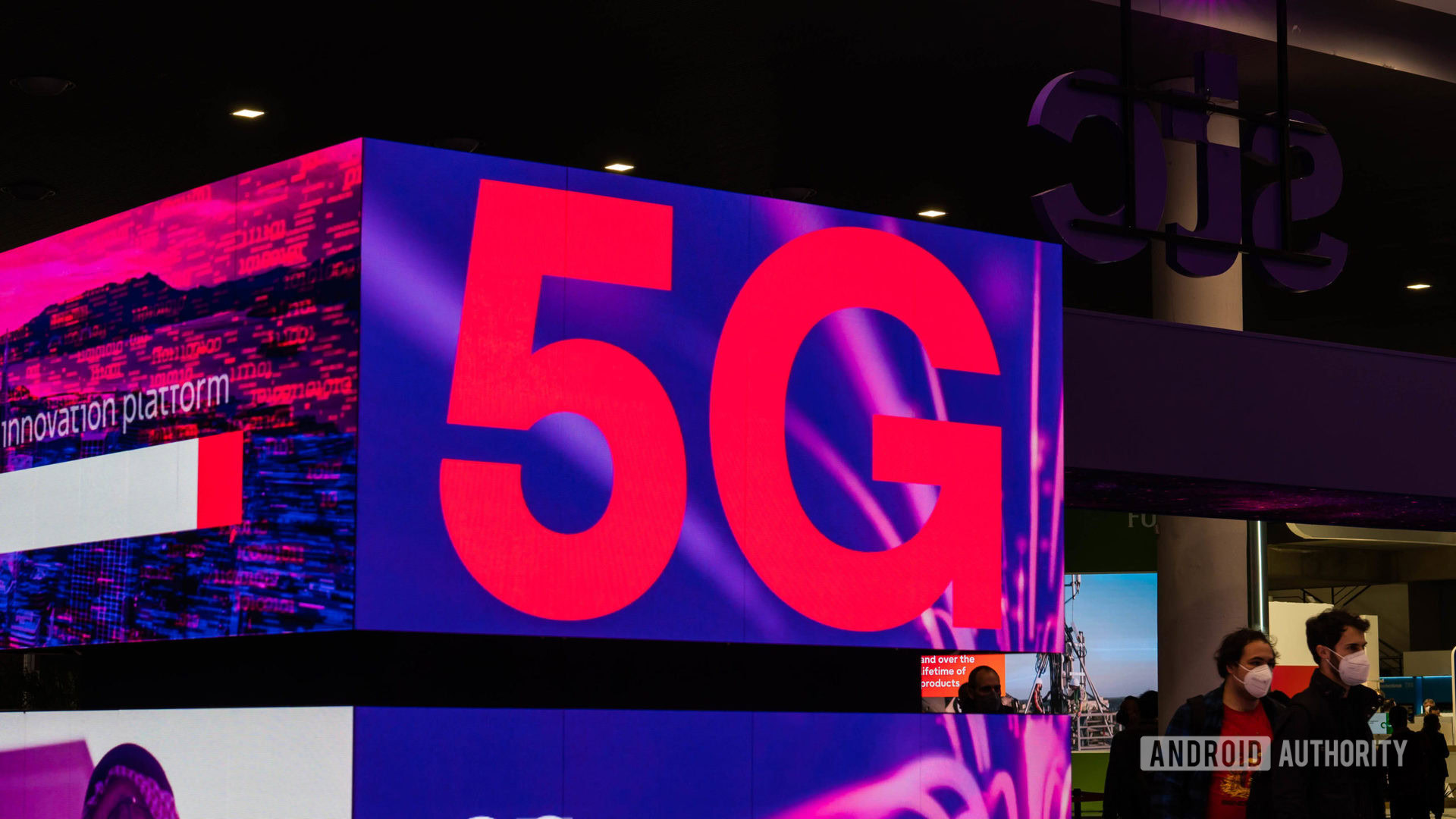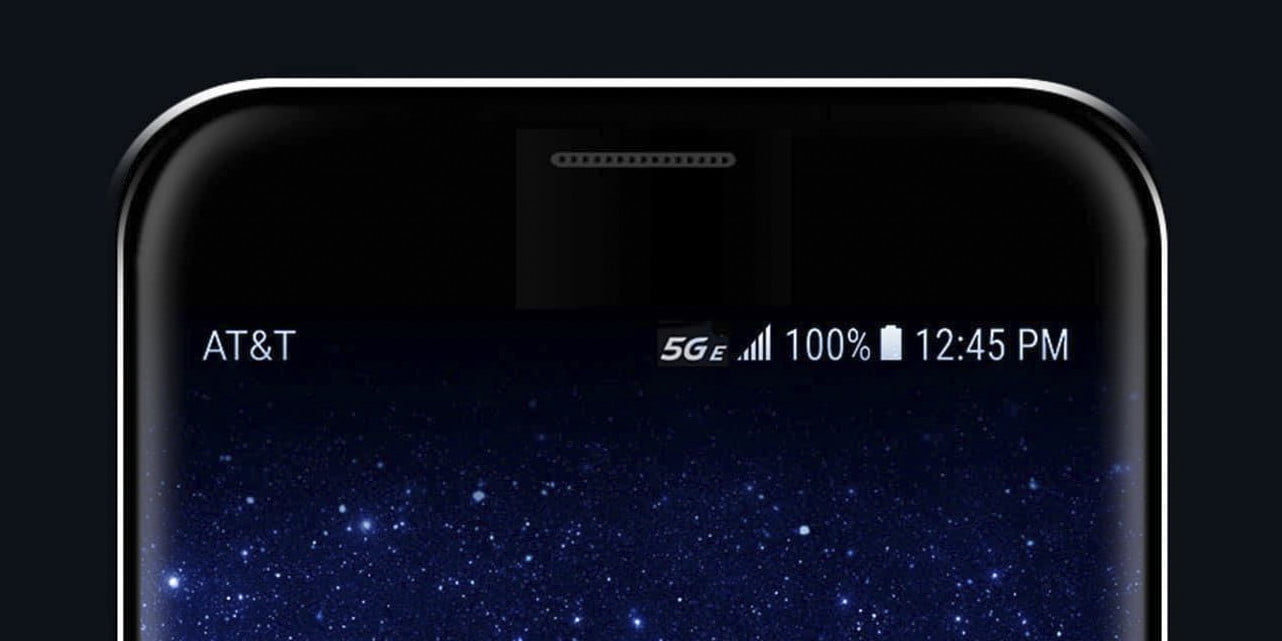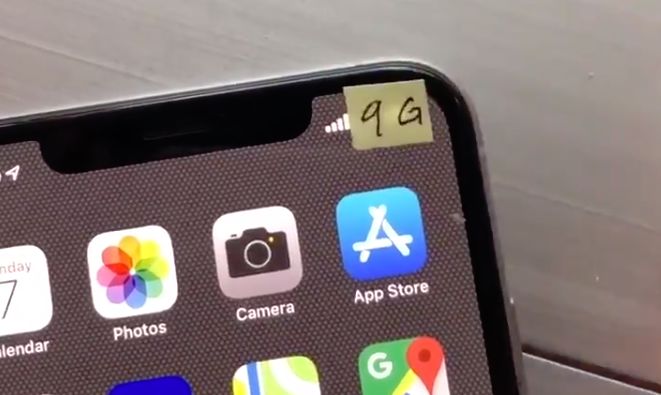Affiliate links on Android Authority may earn us a commission. Learn more.
What does the 5G E icon on my AT&T phone mean?

A few years ago, AT&T took significant steps to convince its customers that it was leading the 5G charge. In December 2018, it launched the first 5G wireless hotspot device in a dozen cities, or at least in the parts of those markets where 5G was available at the time.
In 2019, the carrier changed an indicator on some of its Android phones and iPhones to make it look like those phones may have connected to 5G networks. It used the label “5G E,” which made those phones look like they were connected to a 5G cell tower.
On top of that, AT&T ran TV commercials with the tagline “Now with 5G E” to lean into its self-proclaimed 5G dominance. But what did that AT&T 5G E icon mean? And, if you saw it on your phone, did it mean you were on a 5G network? The simple one-word answer to this last question is “No.”
What does the 5G E icon in your status bar mean?
The letter “E” served as the first clue that something was fishy on AT&T’s end. AT&T created the label to show that those phones connect to what AT&T calls “5G Evolution” technologies. 5G Evolution means those phones can connect to towers with features like three-way carrier aggregation, 4 x 4 MIMO antenna setups, and 256-QAM modulation. While they offer faster download data speeds than standard LTE hardware, the top theoretical speeds only go up to 400Mbps, well below the actual 5G hardware speeds.

AT&T launched its “5G Evolution” offer in 2017 and said it would be available in over 400 markets by the end of 2018. The carrier told Fierce Wireless that a handful of Android phones would see the new “5G E” indicator at first, but more would display it in 2019.
Don’t be fooled
AT&T’s move to shoehorn a “5G E” indicator on phones undoubtedly confused some of the carrier’s customers, who might think their phone has magically switched to true 5G speeds. The first smartphones with real 5G hardware didn’t launch until later in 2019.

Rival carriers like T-Mobile and Verizon called out AT&T on their misleading “5G E” label on their phones and in their commercials. T-Mobile did it with a funny Twitter video clip that showed a person covering up an LTE logo on the phone with a “9G” label. Verizon got more serious in a press release, saying it would only label a phone as 5G if it has the hardware inside to connect to Verizon’s planned 5G network. It added, “We won’t take an old phone and just change the software to turn the 4 in the status bar into a 5. We will not call our 4G network a 5G network if customers don’t experience a performance or capability upgrade that only 5G can deliver.”
In 2020, the National Advertising Review Board issued a press release recommending that AT&T stop using the “5G Evolution” and “5G Evolution, The First Step to 5G” statements in its ads. The panel stated that AT&T’s term “Evolution” was “not likely to alert consumers to the fact that the service is not 5G.” CNet got a statement from AT&T saying that while it disagreed with the panel’s decision, it would stop using those terms in its ads. However, the “5G E” icon did not disappear from impacted smartphones.
The bottom line is that AT&T’s “5G E” is not 5G, so you can disregard the label. It’s been phased out because true 5G has been available from AT&T for a few years.